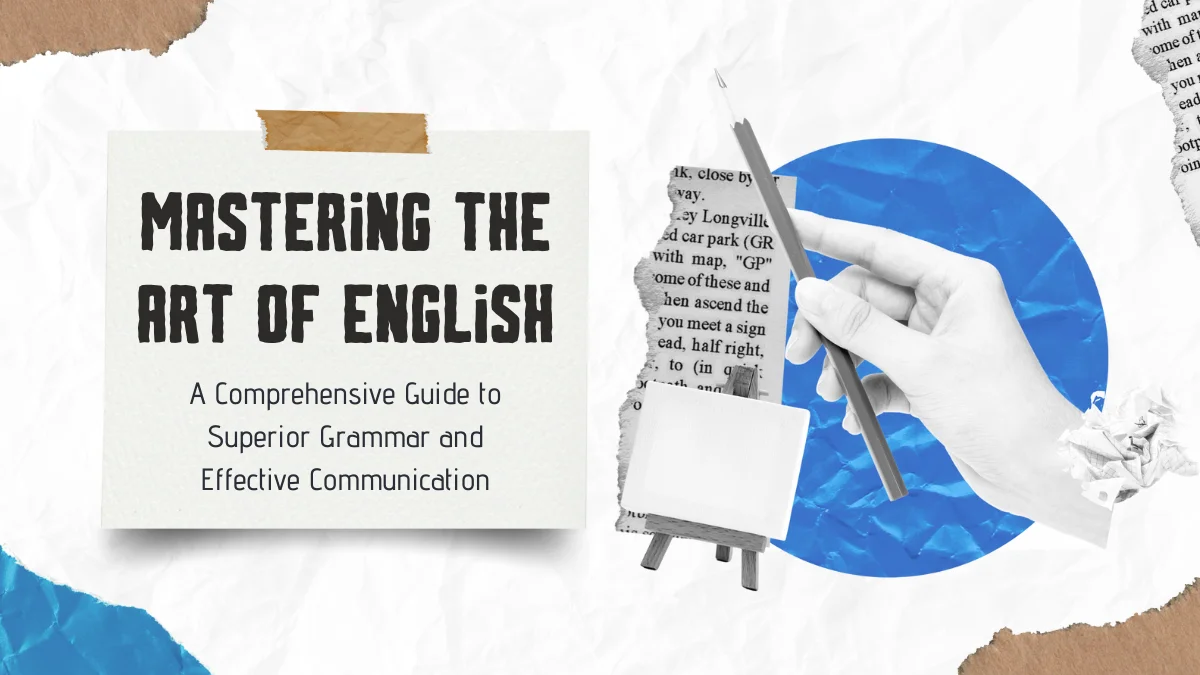Welcome to “Mastering the Art of English: A Comprehensive Guide to Superior Grammar and Effective Communication”! This book is your trusted companion on a journey to excel in the English language. Whether you’re a student, a professional, or someone who enjoys learning new languages, we have designed this guide to make mastering English as straightforward and enjoyable as possible. You’ll find every chapter filled with practical exercises, easy-to-understand lessons, and valuable insights, all aimed at improving your written and spoken English. Together, let’s unlock your potential and explore the rich tapestry of English language communication. Embrace the journey, and let’s start mastering the art of English!
Introduction to English Grammar
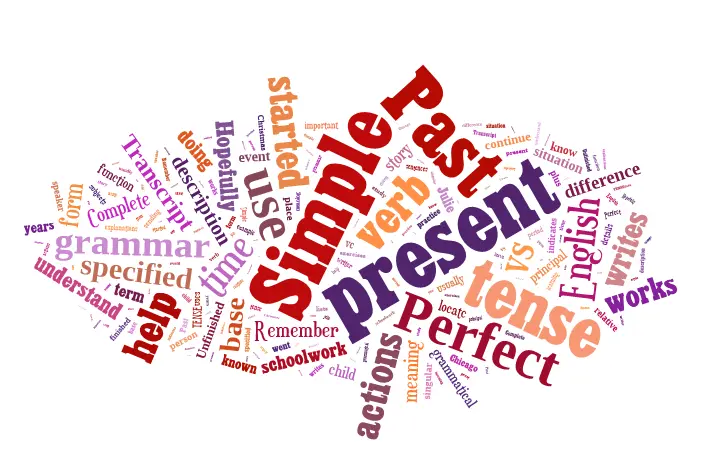
The foundation of effective communication in English lies in understanding its grammar. English Grammar is the structural backbone that helps in formulating coherent sentences and conveying our thoughts precisely. It includes a set of rules and conventions that govern the way words are arranged and used in sentences. These rules pertain to various elements such as tenses, punctuation, parts of speech, clause structures, and more. A solid grasp of English grammar not only improves written and spoken proficiency but also enhances reading comprehension. As we embark on this voyage to master English, understanding grammar will be our first stepping stone. Let’s begin this exciting endeavor to untangle the intricacies of English grammar.
Understanding Parts of Speech

Understanding parts of speech is a fundamental aspect of mastering English grammar. Parts of speech are the grammatical terms that deal with the roles words play when you use them in sentences. There are eight primary parts of speech in English: nouns, pronouns, verbs, adverbs, adjectives, conjunctions, prepositions, and interjections. Each part of speech serves a different function in a sentence, conveying actions (verbs), describing qualities (adjectives), or indicating relationships between ideas (conjunctions) among other roles. By familiarizing ourselves with these categories, we can better construct and comprehend sentences, enhancing our ability to communicate effectively in English.
Mastering Sentence Structure

Mastering sentence structure is a pivotal step in improving our command of the English language. Sentence structure refers to the arrangement of words, phrases, and clauses in a sentence, and it plays a crucial role in making our language clear, precise, and impactful. English sentences commonly follow a subject-verb-object pattern, but they can vary in complexity and length. Essential components include the subject (who or what the sentence is about), the verb (the action or state of being), and often an object (the entity affected by the action). By learning and practicing different sentence structures, such as simple, compound, complex, and compound-complex sentences, we gain the ability to express a wide range of thoughts and ideas effectively. This mastery in sentence structuring is crucial to both spoken and written English, enhancing our overall communication skills.
The Art of Punctuation
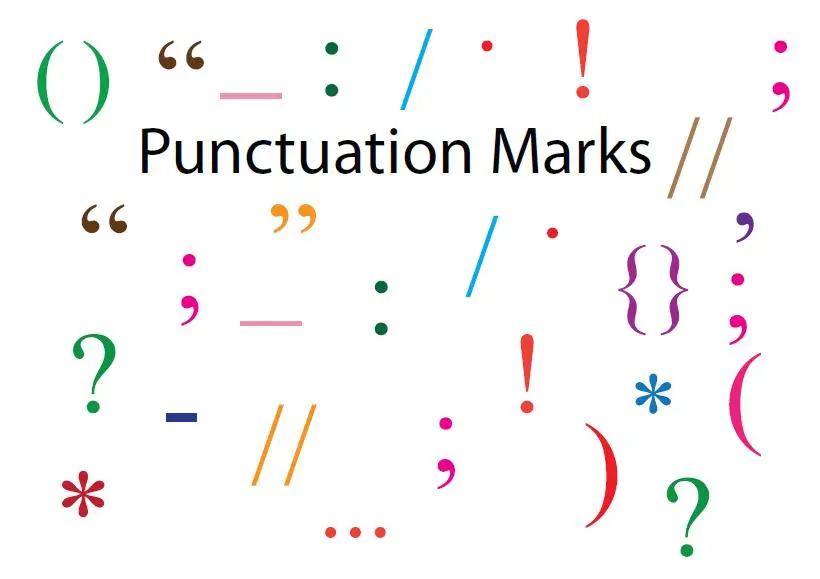
Understanding punctuation is akin to learning the art of breathing in the realm of written communication. It brings rhythm, pace, and clarity to our sentences, making them more readable and comprehensible. Different punctuation marks – commas, periods, semicolons, colons, apostrophes, quotation marks, question marks, and exclamation points – serve distinct purposes. They can mark the end of a sentence, indicate a pause, separate clauses, show possession, or denote speech. Each punctuation mark carries a nuanced meaning and plays a unique role in shaping the voice, tone, and emphasis within a sentence. Mastering the art of punctuation is therefore integral to writing effectively in English, as it not only improves the readability of your text but also impacts the way your message is interpreted and understood.
Diving into Tenses
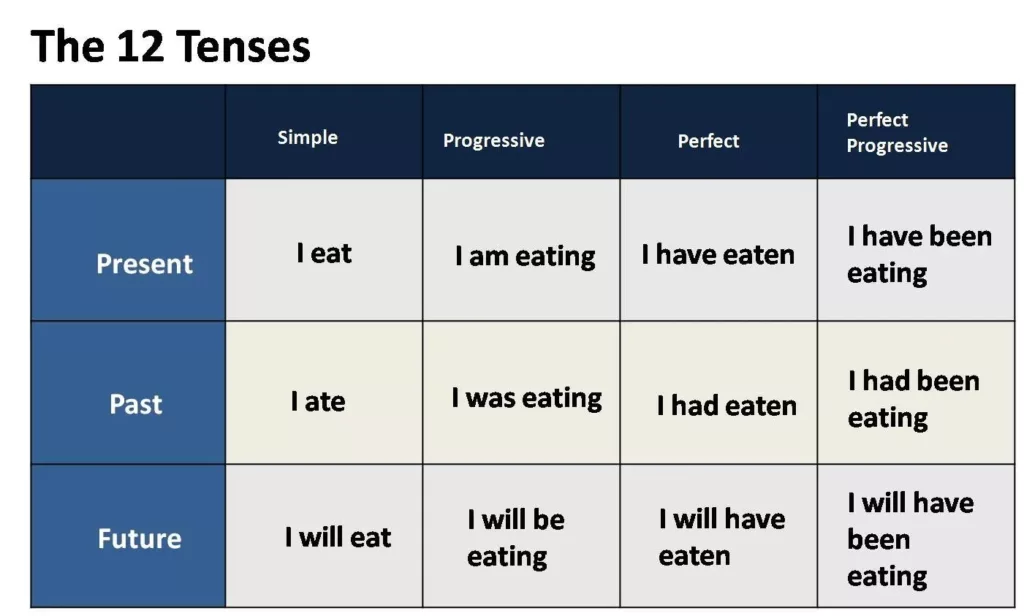
A deep understanding of tenses is crucial to mastering the English language. Tenses enable us to express the timing of actions or states of being, whether they occur in the past, present, or future. Each tense, comprising of past, present, and future, is further divided into simple, continuous, perfect, and perfect continuous forms. These twelve tenses provide us with the capacity to express a vast array of temporal relationships accurately. Through a comprehensive exploration of tenses, we can enhance the precision of our language, making our communication more nuanced and effective. This section will guide you through the labyrinth of English tenses, ensuring you gain a firm grasp of their usage and their role in structuring sentences.
Effective Paragraph Writing

Effective paragraph writing is a cornerstone of good communication in English. A well-crafted paragraph is structured around a single main idea, and includes a topic sentence to state this idea, supporting sentences to expound on it, and a concluding sentence to sum it up. The sentences should flow logically and coherently, with transitions to guide the reader through the text. Furthermore, maintaining clarity and conciseness can help to ensure that the central idea is conveyed effectively. Ultimately, mastering the art of paragraph writing equips us with the tools to structure our thoughts and ideas, creating clear, engaging, and impactful communication.
Enhancing Vocabulary
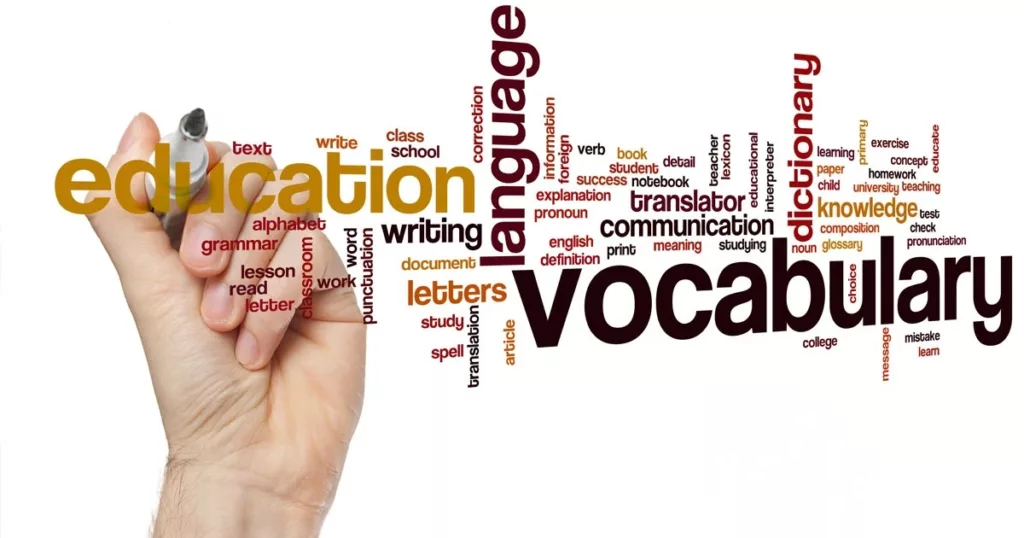
Enhancing vocabulary is a critical aspect of mastering the English language. A rich and diverse vocabulary allows us to express our thoughts, ideas, and emotions with greater precision and impact. It enhances our ability to communicate effectively by providing us with a vast array of words and phrases to choose from, enabling us to select the most suitable ones to convey our intended meaning. Moreover, an expanded vocabulary enhances reading comprehension, as it makes it easier to understand the content and context of what we read. There are various strategies to improve vocabulary, including reading a wide variety of materials, using flashcards, learning roots, prefixes, and suffixes, and practicing new words in writing and conversation. As we journey to master English, let’s commit to continuously expanding our vocabulary, thereby enriching our language skills and opening doors to more fluent and eloquent expression.
Developing Listening Skills
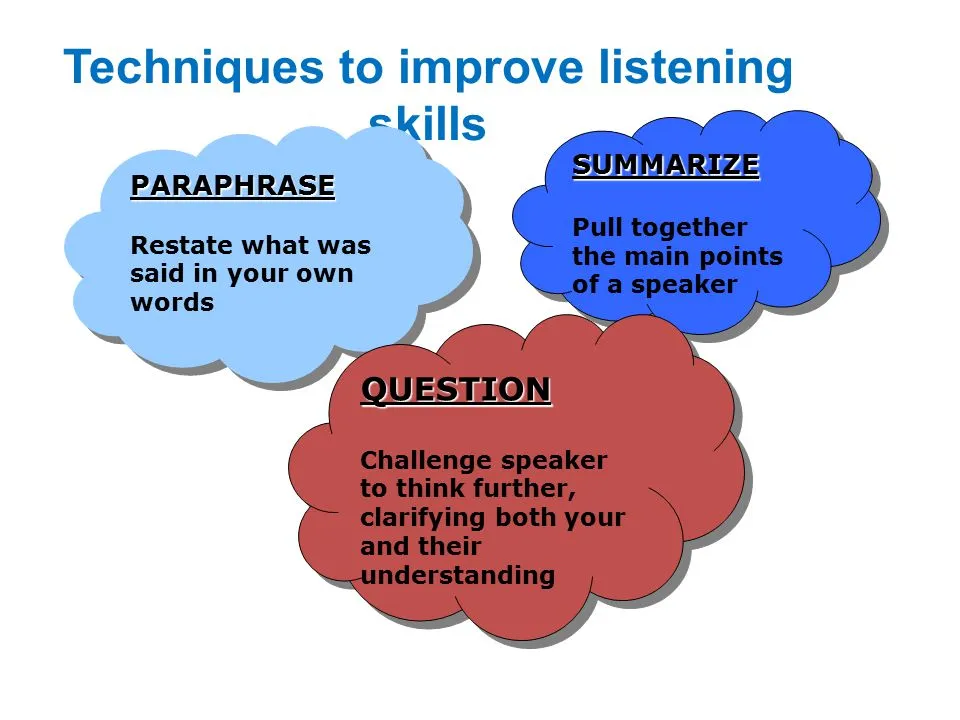
Developing listening skills is an integral aspect of mastering the English language. Active listening not only enhances our ability to understand spoken English in various contexts but also aids in improving pronunciation, intonation, and speech patterns. It involves a conscious focus on the speaker’s words, the ability to comprehend the information being shared, and the capacity to respond appropriately. Techniques such as listening to English podcasts, watching films or shows in English, and engaging in conversation with native speakers can significantly help in honing these skills. By improving our listening skills, we enrich our language learning journey, fostering better communication and a deeper understanding of the language’s nuances.
Developing Speaking Skills

Developing speaking skills is a vital facet of mastering the English language. Proficient speaking requires not only a thorough understanding of grammar and vocabulary but also the ability to articulate thoughts and ideas clearly and fluently. It involves proper pronunciation, accurate intonation, and effective use of stress and rhythm in speech. To enhance speaking skills, we can engage in activities such as regular conversation practice with native speakers, recitation and speech exercises, and using language learning apps or attending language exchange events. As we progress in our language learning journey, addressing speaking skills will enable us to communicate our thoughts and ideas effectively, thus fostering a more comprehensive grasp of English.
Practical Communication Scenarios

Practical communication scenarios play an essential role in truly mastering the English language, as they allow learners to apply their knowledge of grammar, vocabulary, and sentence structure in real-world situations. These scenarios can include everyday situations such as ordering food at a restaurant, attending a job interview, giving a presentation at work or school, or simply engaging in casual conversation with friends. By practicing English in these contexts, learners can enhance their fluency and communication skills, as they gain first-hand experience of using the language in various social, professional, and academic settings. Practical communication scenarios thus provide an invaluable platform for learners to refine their language skills and boost their confidence in using English effectively in their daily lives.
Conclusion
In conclusion, this comprehensive guide, “Mastering the Art of English: A Comprehensive Guide to Superior Grammar and Effective Communication,” is your road map to mastering the English language. It provides a well-rounded approach, encompassing a deep dive into grammar, punctuation, vocabulary enrichment, and sentence structure, coupled with practical strategies for enhancing listening and speaking skills. Whether you’re a novice English learner or a seasoned speaker looking to polish your skills, this guide is designed to take your English communication to the next level. With real-life examples and scenario-based exercises, it ensures not just theoretical knowledge, but practical application of the language. So, let’s embark on this exciting journey to transform your English communication skills!

